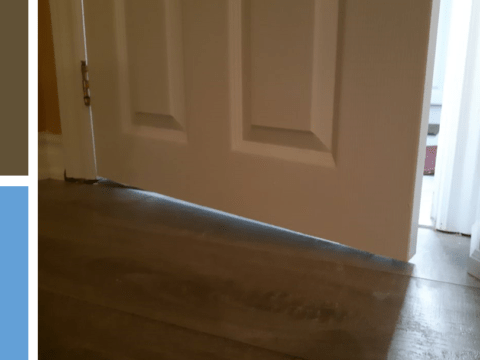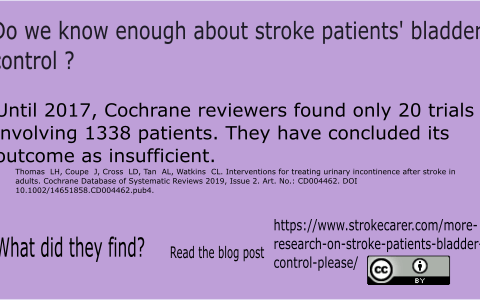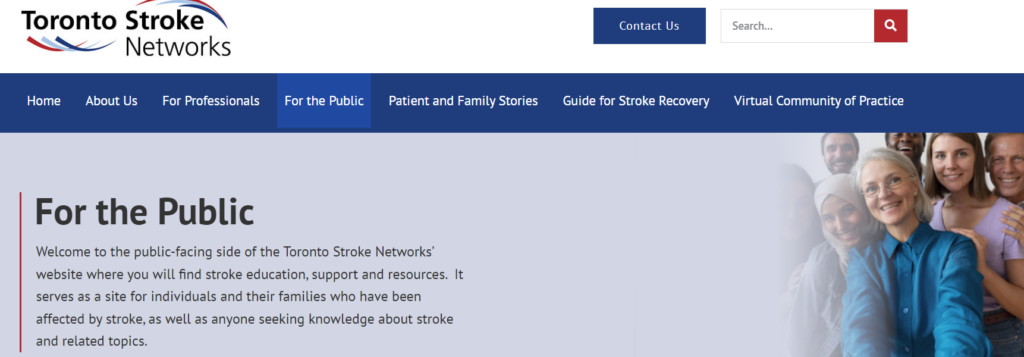
What do we know about urine incontinence?
Key points
- Pelvic floor exercises prevent and reduce urine incontinence.
- The available evidence for effective interventions to reduce the toll of urine incontinence among stroke survivors is inadequate.
I am a fan of Cochrane reviews. Just in case, if you are not aware of Cochrane reviews, it is a global repository of high-quality reviews of research published across the globe on specific health problems people face. They do not entertain commercial or any other sort of conflicted funding. Most countries own their own Cochrane review centres.
On behalf of the 2019 world continence week which falls between June 17 – 23, Cochrane published a summary of reviews they published about the effectiveness of interventions on urine incontinence. This post is about that.
Following are their summaries;
1. Do pelvic floor exercises prevent/reduce incontinence?
For those who are not familiar with pelvic floor exercises, you can read about this through this post link. This is a common dilemma among front line healthcare providers. Cochrane reviewers reached the following conclusions after reviewing 31 studies involving 1817 women from 14 countries.
The authors of this study concluded that when compared to no treatment, women with stress incontinence if they practice these type of exercises are eight times more likely to report continence! This is a pretty amazing result, right?
Those who are interested in the complete report can read through this link:https://www.cochranelibrary.com/cdsr/doi/10.1002/14651858.CD005654.pub4/full
2. Treating incontinence after a stroke in adults
This is again a very important and critical study; unlike in the previous case, the authors of this study concluded that the existing evidence was inadequate. If you are a caregiver, you may be dealing with your loved one’s incontinence problem with adult briefs (diapers) and pull-ups most of the time; sometimes with catheters too. They reached this conclusion and highlighted its evidence gap after reviewing 20 studies which involved as many as 1338 adults with urinary incontinence one month after a stroke event.
Those who are interested in reading their full paper can access the paper through this link: https://www.cochranelibrary.com/cdsr/doi/10.1002/14651858.CD004462.pub4/full
In one of my previous posts, I highlighted that urine incontinence is the leading cause to seek residential care in Canada and the US. In spite of its prime significance, you can see how little we know about its management.





